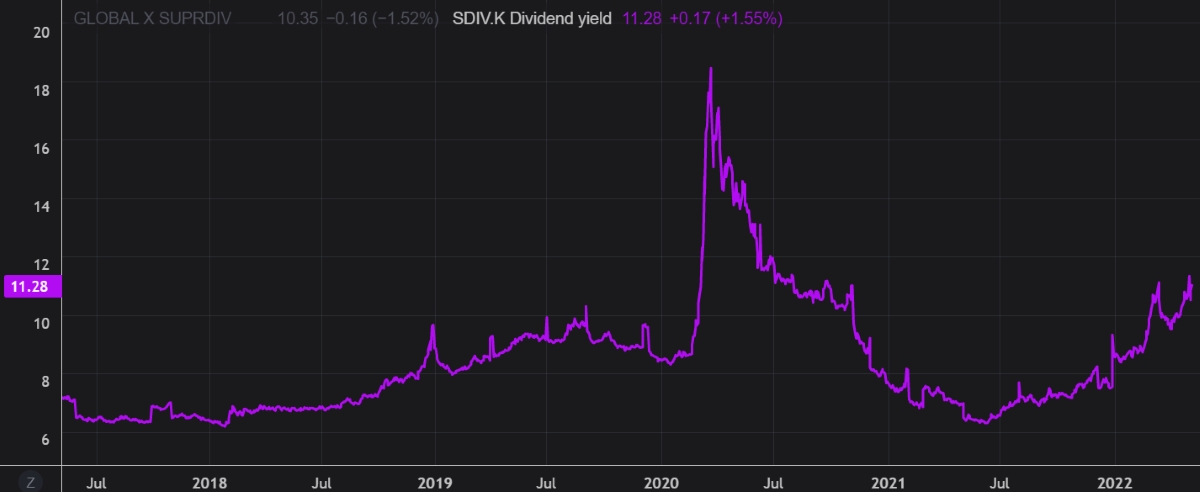Home>Finance>Life Cycle: Definition In Business, Types, And Examples


Finance
Life Cycle: Definition In Business, Types, And Examples
Published: December 18, 2023
Discover the meaning and significance of the finance life cycle, explore its different types, and learn from real-world examples in this comprehensive guide.
(Many of the links in this article redirect to a specific reviewed product. Your purchase of these products through affiliate links helps to generate commission for LiveWell, at no extra cost. Learn more)
Unlocking the Secrets of Business Life Cycle: Definition, Types, and Examples
Welcome to our Finance category, where we dive deep into the financial aspects of all things business-related. In today’s article, we will explore the fascinating concept of the business life cycle. Have you ever wondered how businesses evolve over time? What stages do they go through? How can understanding these stages benefit you as an entrepreneur or investor? We will answer all these questions and more!
Key Takeaways:
- The business life cycle consists of five distinct stages: development, startup, growth, maturity, and decline.
- Understanding the life cycle of a business can help entrepreneurs make informed decisions and adapt their strategies accordingly.
Before we delve into the details, let’s define what the business life cycle actually is. The business life cycle refers to the progression of a business through different stages of development, growth, and eventually, decline. Each stage has its own characteristics, challenges, and opportunities. By understanding these stages, entrepreneurs can make strategic decisions to ensure the success and longevity of their businesses.
Stage 1: Development
The development stage marks the birth of a business idea and its initial research and planning. Entrepreneurs in this stage typically conduct feasibility studies, assess market potential, and create business plans. This is the phase where risks are high, and financial investments are made to bring the idea to life. Innovators and visionaries thrive during this stage as they lay the foundation for their business venture.
Stage 2: Startup
Once the development stage is complete, it’s time to launch the business. The startup stage is characterized by setting up operations, acquiring resources, and establishing a customer base. This is where businesses face intense competition, financial constraints, and the need to adapt to unforeseen challenges. It’s a critical period that requires dedication, flexibility, and perseverance from entrepreneurs.
Stage 3: Growth
The growth stage is where businesses experience significant expansion. They have established a solid customer base, have streamlined operations, and are generating increasing revenues. Entrepreneurs focus on scaling their business, entering new markets, and investing in innovation. This stage offers great potential for profitability and market dominance.
Stage 4: Maturity
Maturity signifies a stable and established position in the market. Businesses in this stage have a loyal customer base, strong brand recognition, and consistent cash flows. Entrepreneurial activities in this stage revolve around maintaining market share, optimizing operations for efficiency, and continued innovation. This stage comparatively offers lower risk but requires caution to avoid complacency.
Stage 5: Decline
Unfortunately, every business eventually faces a decline stage. This could be due to market saturation, changes in customer preferences, or external factors beyond the entrepreneur’s control. During the decline stage, businesses have to make tough decisions, such as downsizing, restructuring, or even closing down. However, entrepreneurs can seize new opportunities, pivot their business, or embark on new ventures to adapt and overcome decline.
Understanding the different stages of the business life cycle empowers entrepreneurs to make informed decisions, adapt marketing strategies, and allocate resources effectively. It also helps investors identify the potential risks and rewards associated with each stage, enabling them to make smarter investment choices.
In Conclusion
The business life cycle is an essential framework for entrepreneurs and investors alike. By recognizing the distinct stages—development, startup, growth, maturity, and decline—we can make better decisions, anticipate challenges, and seize opportunities. Whether you’re a business owner embarking on a new venture or an investor looking for the next big opportunity, understanding the business life cycle can guide you on the path to success.
- Key takeaway 1: The business life cycle consists of five stages: development, startup, growth, maturity, and decline.
- Key takeaway 2: Understanding the life cycle helps entrepreneurs make informed decisions and adapt strategies accordingly.














